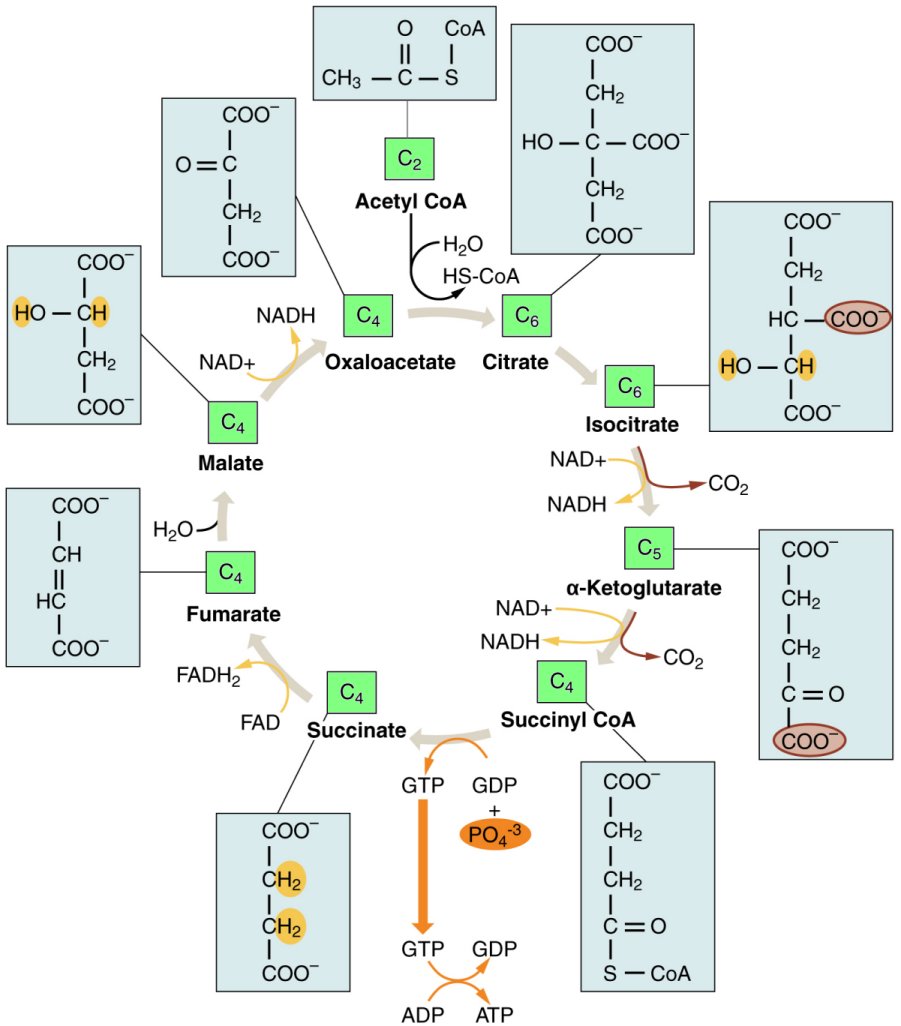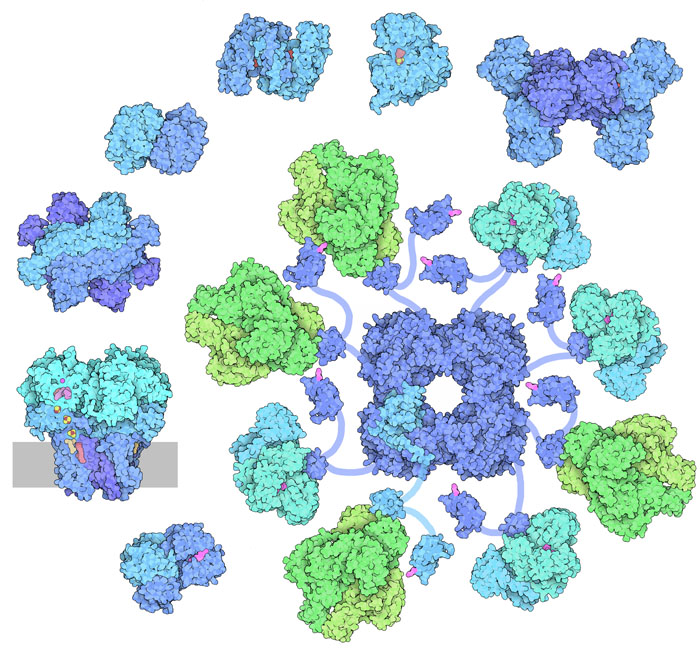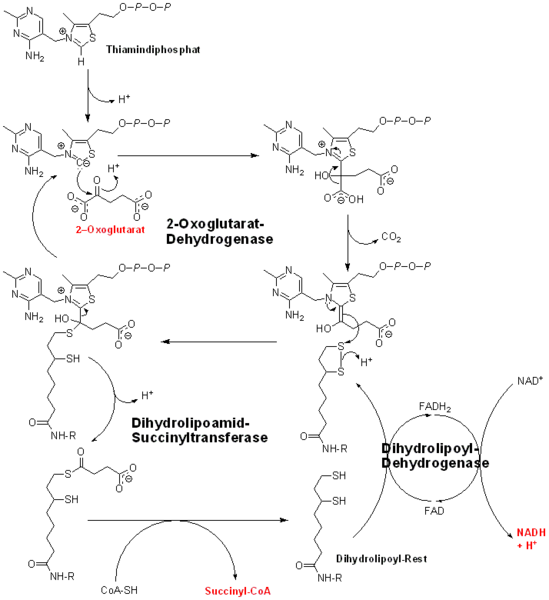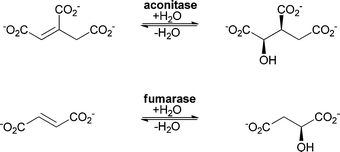근원 ≫ 영양 ≫ 에너지대사
Krebs 크렙스회로 : 모든 대사는 크렙스회로로 통한다
핵심대사 : 영양 의미
- ATP : ATP효소, 4H+ O2, 포도당
- glycolysis
- Krebs회로, 미토콘드리아, Coenzyme


Citrate - isocitrate
isocitrate
ketoglutarate

Succinic fumaric

fumarase



The reverse Krebs cycle (also known as the reverse tricarboxylic acid cycle, the reverse TCA cycle, or the reverse citric acid cycle) is a sequence of chemical reactions that are used by some bacteria to produce carbon compounds from carbon dioxide and water. The reaction is the citric acid cycle run in reverse: Where the Krebs cycle takes complex carbon molecules in the form of sugars and oxidizes them to CO2 and water, the reverse cycle takes CO2 and water to make carbon compounds. This process is used by some bacteria to synthesise carbon compounds, sometimes using hydrogen, sulfide, or thiosulfate as electron donors. In this process, it can be seen as an alternative to the far more common photosynthesis production of organic molecules. The reaction is a possible candidate for prebiotic early-earth conditions and, so, is of interest in the research of the origin of life. It has been found that some of the steps can be catalysed by minerals.